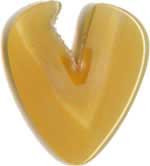Guitar lesson for beginners
The pentatonic, or pentatonic minor scale, or simply blues scale, is the basis of the majority of blues, rock and metal music of the 20th century. If you want to start playing lead guitar, improvising blues and rock, or writing classic sounding rock tunes, the pentatonic blues scale is definitely the place to start. But despite the name this isn’t only about blues. In fact getting this scale to sound like authentic blues is not actually that easy!
As the ‘pent’ prefix implies, this scale has just five notes, so is simpler than a typical major or minor scale (they have seven notes) – it’s basically a slimmed down minor scale, missing the 2nd and 6th notes. You can use it to solo in one key, or other typical twelve bar blues progressions. It really is an easy way to play a handful of notes that sound GREAT right from the get go.
Guitar lesson contents:
- The Pentatonic blues box
- Easy pentatonic licks
- Expanding the pentatonic box
- Practising the scale
- Beyond the pentatonic blues scale

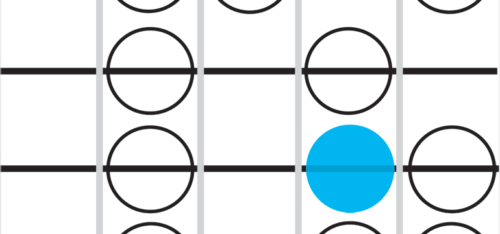














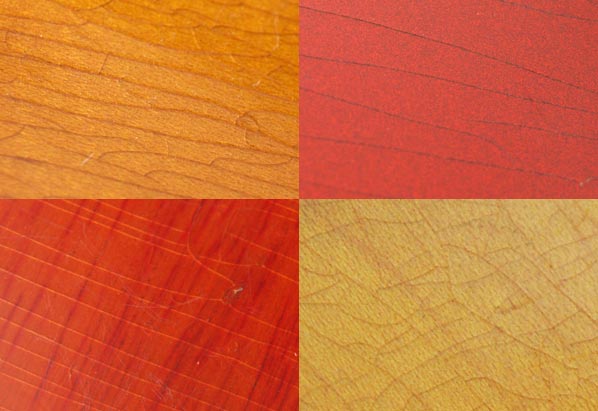
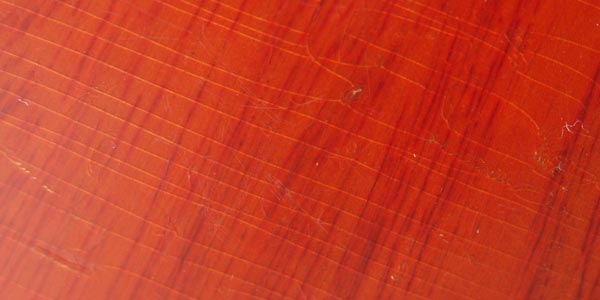
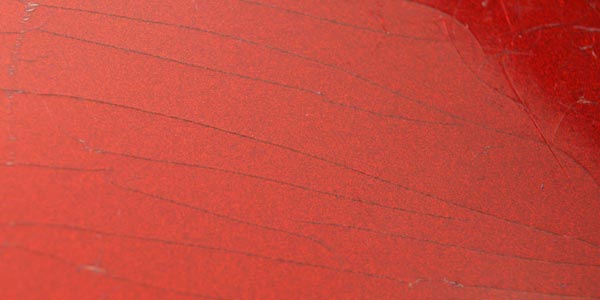


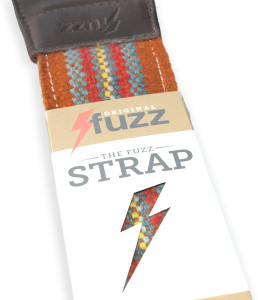 But better still is the fact that they are so well made, of high quality materials, and each one is unique. The patterned side is actually hand-woven in Peru, under fair-trade conditions – “Each strap is as unique as the artisan that crafted it.”
But better still is the fact that they are so well made, of high quality materials, and each one is unique. The patterned side is actually hand-woven in Peru, under fair-trade conditions – “Each strap is as unique as the artisan that crafted it.”